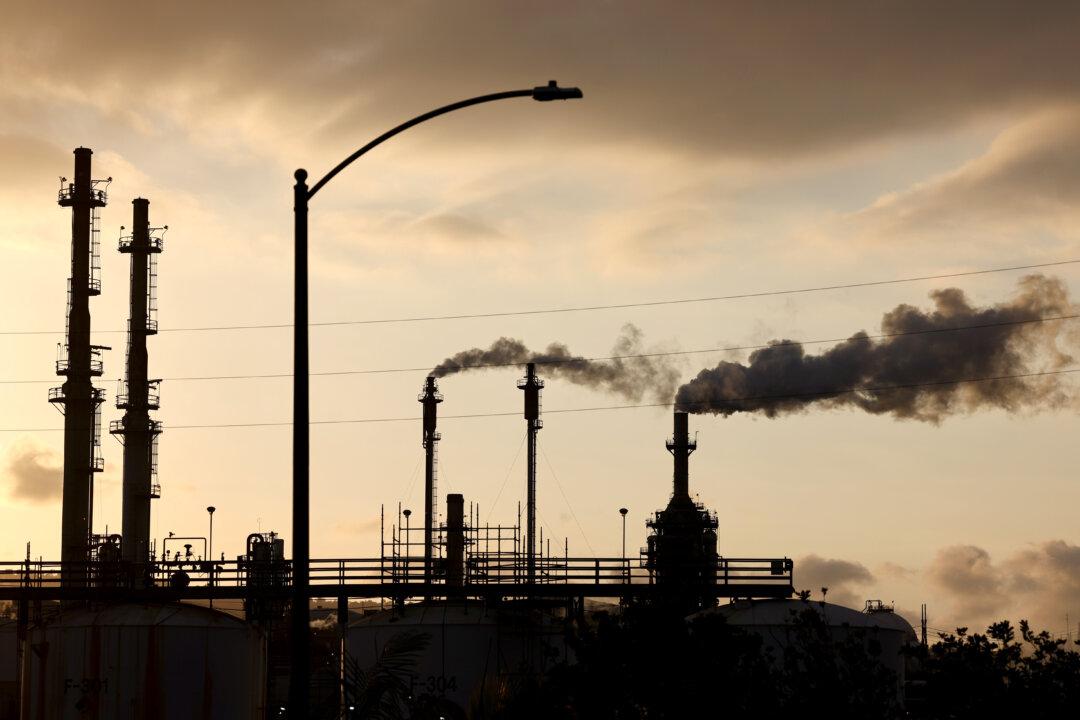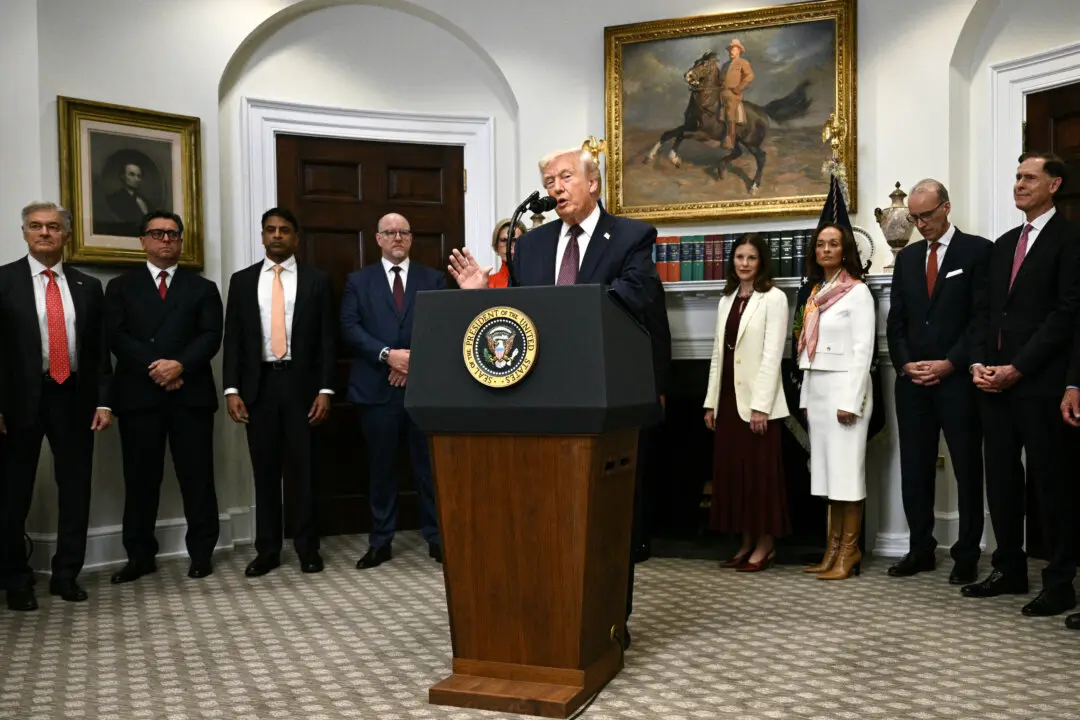Critics of California’s cap-and-trade program, implemented 10 years ago with a goal of limiting carbon emissions, say it is increasing the cost of energy in the state while failing to fulfill its mission, as well as endangering vulnerable communities in the process.
The program limits the amount of carbon produced by companies and requires those that exceed limits to pay for credits—which are used to invest in clean energy and for other green initiative funding—adding to the affected companies’ cost of doing business.





